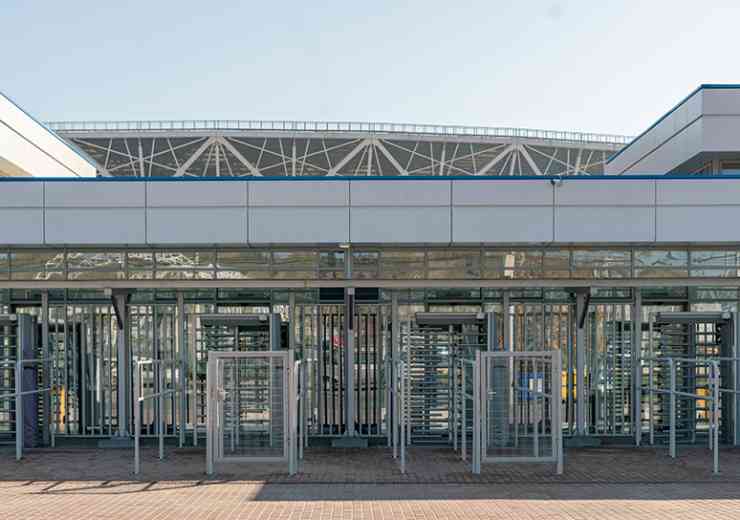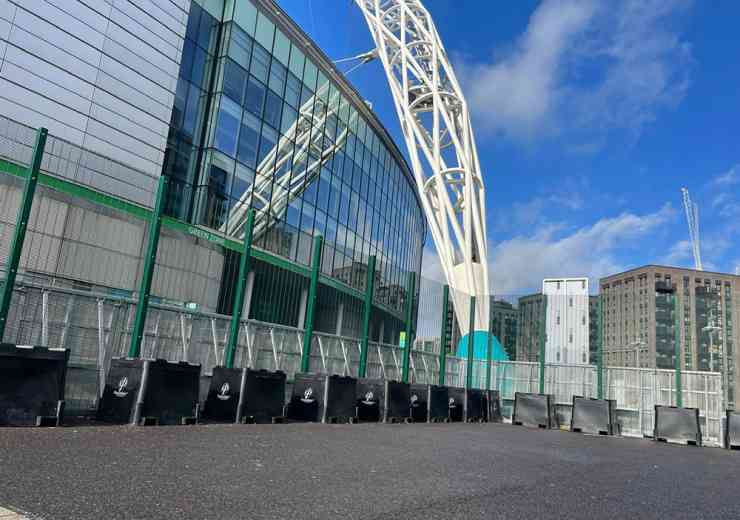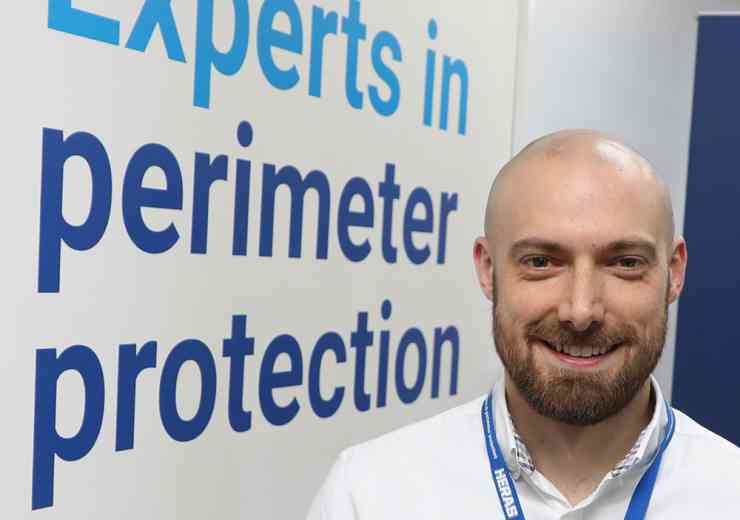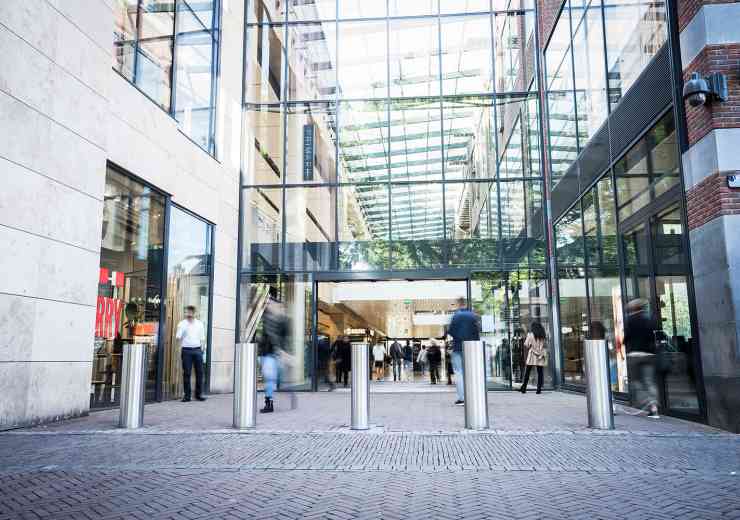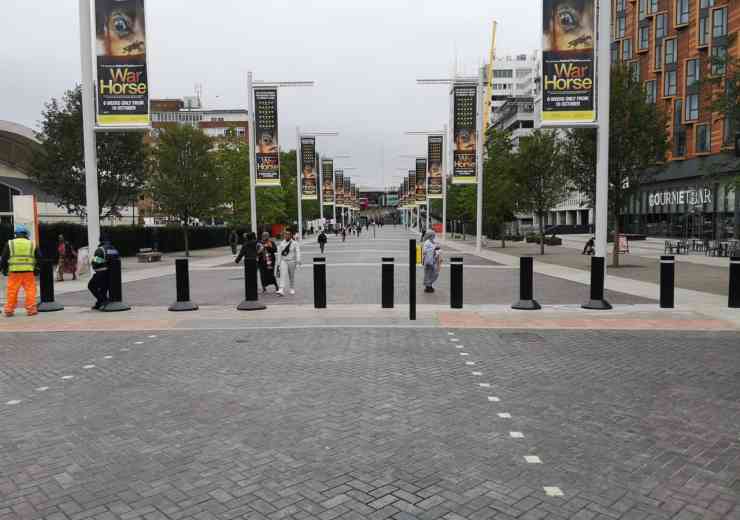Perimeter Security - The first line of defence
 From government and military facilities to schools, theme parks and construction sites, perimeter security is crucial in guarding against external threats. The best place to prevent crime, attack or security breach is at the furthest possible point from that which you wish to protect, be it sensitive material to a mass of people, and to that end perimeter safety measures are perhaps the most crucial in securing any building or area.
From government and military facilities to schools, theme parks and construction sites, perimeter security is crucial in guarding against external threats. The best place to prevent crime, attack or security breach is at the furthest possible point from that which you wish to protect, be it sensitive material to a mass of people, and to that end perimeter safety measures are perhaps the most crucial in securing any building or area.
The sooner a threat can be detected, then the more time and space you have available to respond to it, a crucial factor in preventing intruders and terrorists from succeeding.
As well as this, an increased response time means a greater possibility of a safe resolution to security breaches, giving the operating body the time to gather adequate force and countermeasures to deal with the danger. In the event of violent attacks, extra seconds could save lives, and any delay or forewarning of such an attack is critical in preventing it.
Deterring the would be threat
Perimeter security measures, particularly physical obstructions such as security fencing, gates and wire obstacles, are also important in deterring any would-be threat. The overt presence of such measures may stop an act of criminality or terrorism at the outset, presenting an image of impregnability that might dissuade those seeking unauthorized access. Deterrence is perhaps the most desired effect from any physical security measure, as stopping a crime before it has begun is safest for all involved. There are numerous ways of presenting an overt and visible statement of security, which, even if they fail to act as a deterrent, will still have an important role to play in preventing the success of an attack.
Physical barriers such as security fencing and gates of course present an immediate obstacle to any attempt to breach the perimeter, and require time and effort to overcome, often rendering those attempting to get through them highly visible and vulnerable to detection and arrest.
CCTV, in itself a visible measure and highly effective deterrent, will also provide an early warning of anyone attempting to jeopardize the integrity of a site’s security system. Many sites, particularly those most at risk from attack, such as government facilities and airports, now employ infrared thermal imaging cameras in place of traditional CCTV, as this provides a more comprehensive detection system and earlier warning of potential threats.
Even after an attack has occurred, CCTV is a valuable source of information for further police investigations, as the events of 7/7 and the London riots have shown. Another benefit of CCTV usage is that it can be easily combined with Automatic Number Plate Recognition (ANPR) software, which gives detailed information about every vehicle passing in and out of a site.
Another of the most visible forms of perimeter security is, of course, that of guard personnel and patrols. From armed security teams to a lone individual, visible security personnel are one of the most effective forms of crime deterrence, and provide a ready response to any attack or threat.
Covert Protection
The unfortunate downside to overt perimeter security measures is, however, that they are by their very nature easily detected, and thus can be avoided or compromised by individuals with time, skill and preparation. Thus, an alternative measure is to use systems that are less obvious to the observer, and thus less likely to be bypassed by a criminal element.
Of these, some of the most frequently used and effective are hidden heat and motion sensors and connected alarm systems. Such unattended ground systems (UGS) devices are easy to conceal, and provide an early warning system, which leaves those looking to breach the security perimeter unaware that they have been detected. Again, this gives the operational personnel an increased response opportunity and makes the chance of a safe resolution higher.
Trip Sensors
Trip-sensors are another popular form of covert perimeter security measure, and like heat and motion sensors, when activated they allow operators to pinpoint the location of the security breach, allowing for a focused and direct response.
Hidden surveillance cameras, especially IP cameras, again have the advantage of being easy to conceal and are more flexible and mobile than traditional CCTV. Able to operate anywhere within the system network, they can be moved relatively easily and can be placed surreptitiously to increase the opportunities for criminal observation. Such mobile assets, and this applies to security guarding as well, can of course be moved to areas of specific vulnerability and can, with minimum notice, provide support for other systems as needed.
One of the downsides to using just covert measures, however, is that they lack the deterrence capabilities of the more overt systems and barriers. Although more likely to alert authorities to ongoing or imminent attacks, when used alone such devices often encourage the perpetration of such acts.
Of course, as effective as both methods of perimeter security are, when combined they create a much more comprehensive network of safety measures, as well as getting the best of both worlds: deterrence and detection. ‘Combined arms’, as it were, is the most efficient way to comprehensively secure a perimeter, and works best when the systems are integrated.
CCTV can be effectively linked to trip and motion sensors to provide more detailed information regarding an ongoing attack or threat, whilst IP video surveillance works well with large fenced perimeters, due to its flexibility and mobility. The key to keeping a secure perimeter, and thus ensuring the safety of a site or building as whole, is to ensure a diversity of devices and assets, enabling a range of detection and prevention methods to be employed, each supporting and complementing teach other, be they technological, physical or personnel systems.
The increased threat of terrorist attacks following the events of 9/11 and 7/7, and the civil disturbance of the August riots in 2011 means that no measure of safeguarding an area or building can be too extreme, as the nature of security has been changed by those willing to go to any extreme to ensure the completion of their goal, be it sabotage or violence. As the nature of criminal and terrorist threat changes, so too must be the methods employed against them, and perimeter security is the first and best place to start.
Further information
For more information about the security measures mentioned in this article, and to locate a supplier near you, visit the BSIA’s website, www.bsia.co.uk



